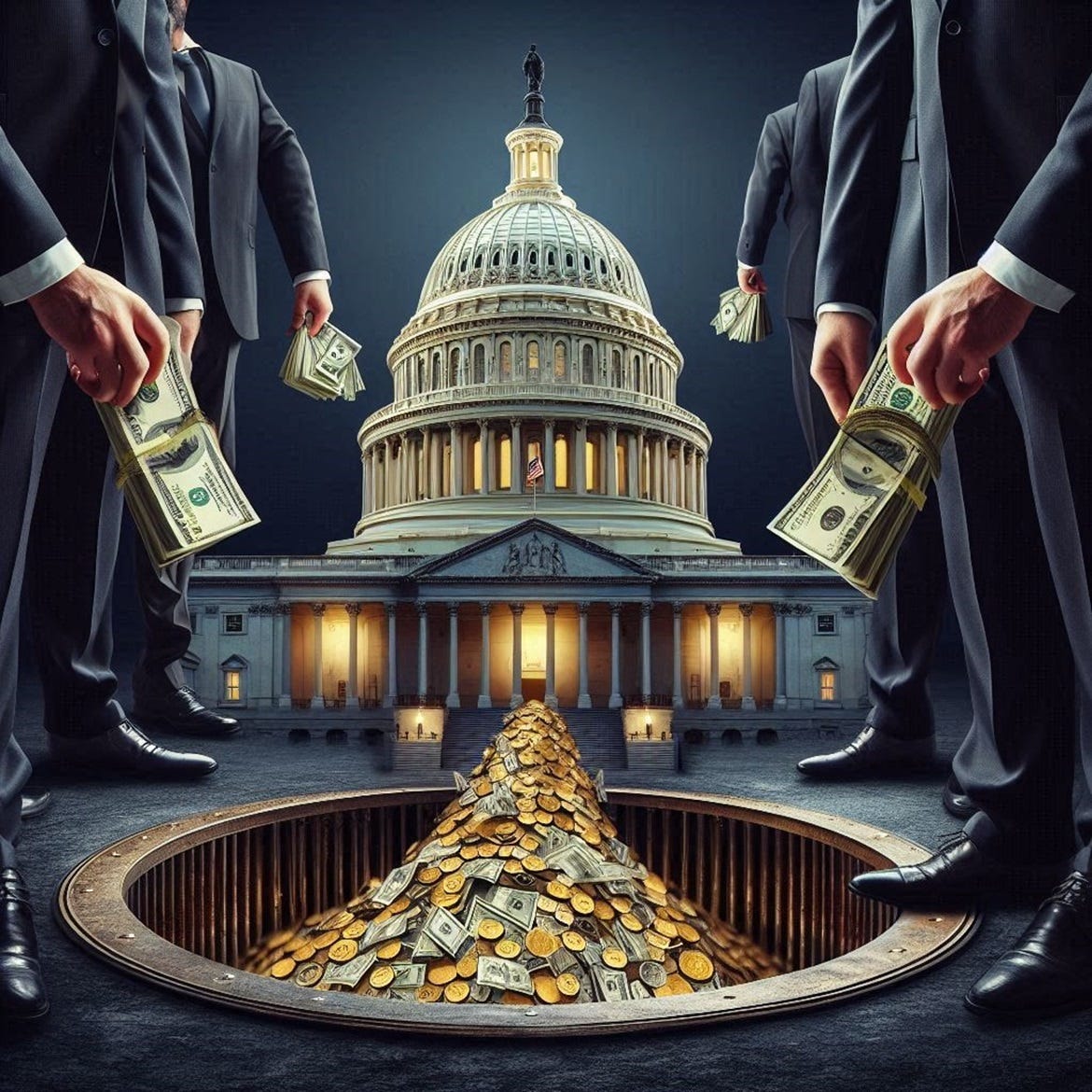Follow the Money: Government Spending, Waste, and Corruption
Every year, trillions of taxpayer dollars pass through the hands of government officials, departments, and contractors. But where does that money really go? While many of us believe our tax dollars fund essential public services like schools, infrastructure, and healthcare, the truth isn’t always so straightforward. Hidden under layers of bureaucracy an…




